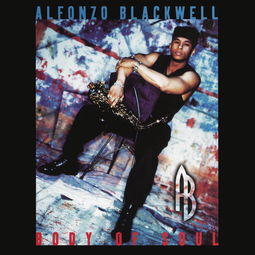
Understanding Body Lice Bites

Body lice bites can be an uncomfortable and sometimes embarrassing experience. These bites are caused by the parasitic insect known as the body louse, which is a close relative of the head louse. In this article, we will delve into the details of body lice bites, including their appearance, symptoms, and treatment options.
What Do Body Lice Bites Look Like?

Body lice bites typically appear as small, red bumps on the skin. These bumps are often grouped together in clusters, and they can be found in areas where clothing comes into contact with the skin, such as the armpits, waistline, and buttocks. Unlike bed bug bites, which are usually painless, body lice bites can be quite itchy and may cause a burning sensation.
Identifying Symptoms

In addition to the visible bite marks, there are several other symptoms that may indicate a body lice infestation. These include:
| Symptom | Description |
|---|---|
| Itching | Intense itching, especially at night, is a common symptom of body lice bites. |
| Redness | The skin around the bite marks may become red and inflamed. |
| Scabs | Scratching the bites can lead to the formation of scabs. |
| Dark Spots | Dark spots on clothing or bedding may indicate the presence of lice or their feces. |
Diagnosing Body Lice Bites
Diagnosing body lice bites can sometimes be challenging, as they can be mistaken for other skin conditions, such as eczema or hives. However, there are a few key indicators that can help identify body lice bites:
- Bites are found in areas where clothing comes into contact with the skin.
- Bites are often grouped together in clusters.
- Itching is more intense at night.
- Dark spots on clothing or bedding may be present.
Preventing Body Lice Bites
Preventing body lice bites involves taking certain precautions, such as:
- Washing all clothing, bedding, and personal items in hot water and drying them on high heat.
- Checking for lice and nits (lice eggs) on the head, body, and clothing of family members.
- Not sharing personal items, such as hats, scarves, and combs.
- Keeping living spaces clean and free of clutter.
Treatment Options
Treating body lice bites involves both addressing the symptoms and eliminating the infestation. Here are some treatment options:
- Over-the-counter creams and lotions: Products containing permethrin or malathion can be effective in treating body lice bites. Apply the cream or lotion according to the instructions on the label.
- Prescription medications: In some cases, a doctor may prescribe a stronger medication, such as lindane or ivermectin.
- Topical antihistamines: These can help relieve itching and inflammation.
- Warm compresses: Applying a warm compress to the affected area can help soothe the skin and reduce itching.
When to Seek Medical Attention
If you suspect a body lice infestation, it’s important to seek medical attention. A healthcare professional can provide a proper diagnosis and recommend the most effective treatment options. Additionally, if you experience severe itching, swelling, or infection, it’s important to consult a doctor.
Conclusion
Body lice bites can be an uncomfortable and itchy experience. By understanding the symptoms, taking preventive measures, and seeking appropriate treatment







